When most people are disappointed by a banana, it’s because the normally tasty fruit is either over ripe, or maybe someone simply ate the last one. But for those involved in professional League of Legends, seeing a banana in the wrong place can lead to facepalming coaches, distressed players and confused casters.
Of course, there is no actual banana haunting anyone, but rather a banana formation that has claimed many victims outside the dragon pit. In fact, just such a moment occurred during last week’s LCS Lock In match between Counter Logic Gaming and Team Liquid, costing one team the game.
But to understand both what makes this such a problem and how to avoid it, let’s dive a little deeper.
Peeling back the banana formation
Banana formation describes a frequent positional error during the preparation phase of capturing an elemental dragon on Summoner’s Rift, when a team is torn between how to approach the coming objective.
It all starts with the traditional stand-off in the mid lane. Whichever side succeeds in zoning the enemy and crashing their minion wave into the enemy tower gets to make the first move while the enemy is busy playing defense. This concept has been popularly called gaining “priority.” With this priority, a team can enter into the bot river first and establish control by denying the enemy vision of the river and the dragon pit.

In Summoner’s Rift, there are three pathways players can use to enter the river. Passing through the lane bush is the easiest and fastest path, and it is typically used by the team with mid-lane priority. Afterward, control wards are placed in the line bush and the dot bush to make the river into a complete fog of war for the opponents.
Controlling the bot river in this fashion is crucial since it grants a major advantage for the fight if the enemy decides to contest the dragon. They would both be walking in blind and probably vulnerable to ambushes or flanks. As such, this sequence of mid-lane priority to river control has been an integral part of the dragon preparation phase for a very long time.
Complications arise, however, when players are unsure about the right time to use priority and stay in the river instead of heading back into the mid lane to reacquire priority.
If the team fortifies on the river too early, it’s possible to lose their own mid lane tower due to the enemy’s minion wave. But, if the team overstays in the mid lane, the enemy can seize control of the river.
This dilemma results in indecision about where to move. This dilemma intensifies even further when a team loses the mid-lane standoff and is forced to give over control of the river.
At this point, the team must collectively choose between the two options available to them. They can stay in the mid lane while the opponents are killing the dragon and either attack the enemy mid lane tower or take control over the top side of the map.
When the decision is made properly, this trade can often shore up the losses resulting from giving up the dragon. If getting the dragon is crucial to the game plan, then the team must find a way to invade the enemy’s control in a calm, collected manner.
The banana formation, then, is what happens when the team attempts to get both mid-priority and access into the river simultaneously. This incoherence results in the team being unable to accomplish either while leaving themselves vulnerable to counterattacks.
This schism results in a banana-esque curve formed by a team’s champions. A few may linger in the mid lane, others stay in the river and some linger in the pathway leading to the river, as showcased by the graphic below.

In the game from last weekend, Team Liquid forced Counter Logic Gaming to give control over the river and the mid lane since they were stronger than them thanks to Søren “Bjergsen” Bjerg’s Corki heading toward the dragon with the Package (a devastating ability that typically dissuades teams from contesting objectives until it expires).
With Team Liquid having firm control over both the lane bush and the dot bush, CLG had to choose between the two before-mentioned options. The divided focus on their objective became clear while Thomas “Jenkins” Tran was still attempting to enter river from the blue buff entrance while Fatih “Luger” Güven and Philippe “Poome” Lavoie-Giguere were in the mid lane opting for the trade.
With Juan “Contractz” Garcia and Cristian “Palafox” Palafox hovering in between the two locations, they had completed the banana formation.
The banana formation leaves the enemy team prone to attack if they choose to focus on one area as a group and kill whoever is there. In this case, Team Liquid decided to attack Luger and Poome in the mid lane. Jenkins, meanwhile, couldn’t assist his team since he would have to cut through the fog of war and risk dying himself. And even if he did manage to pass, the play would likely be over by that point.
Team Liquid could have also considered attacking Jenkins, as well. In that case, Poome and Luger would face the same problem that Jenkins did. This trend occurs mainly due to the inability of the losing team to use the lane bush, which requires them to take the longer path. As such, if the team with control makes a play, it is very unlikely that the losing team could respond in time. In high-stake situations such as soul point or Elder Dragon contests, mistakes like this can be catastrophic.
How not to slip
The problem that results from indecision is evidently fixed by sticking to a clear goal, with the critical point of discussion revolving around the necessity of capturing the dragon.
In this LCS Lock In game, capturing the dragon would have indeed put CLG in an advantageous situation by giving them two dragon stacks out of the four required to get the dragon soul. However, entering into the fog of war without a reliable frontline present would likely result in the team being wiped out.
Identifying this and deploying all the champions to mid lane would result in them being able to siege TL’s mid lane tower while getting top-side river control for the upcoming Rift Herald. For CLG’s sake, hopefully they can avoid making that same mistake in the future.
However, with League of Legends esports entering its 12th season, teams around the world are constantly attempting to shore up these common mistakes and figure out strategies that put them above their competition. As such, it is an utmost imperative for the teams to identify their tendency to use the banana formation and prevent that from happening in their games.
When everyone can focus on fruits instead of failures when thinking about the word banana, professional League of Legends will be in a better place.


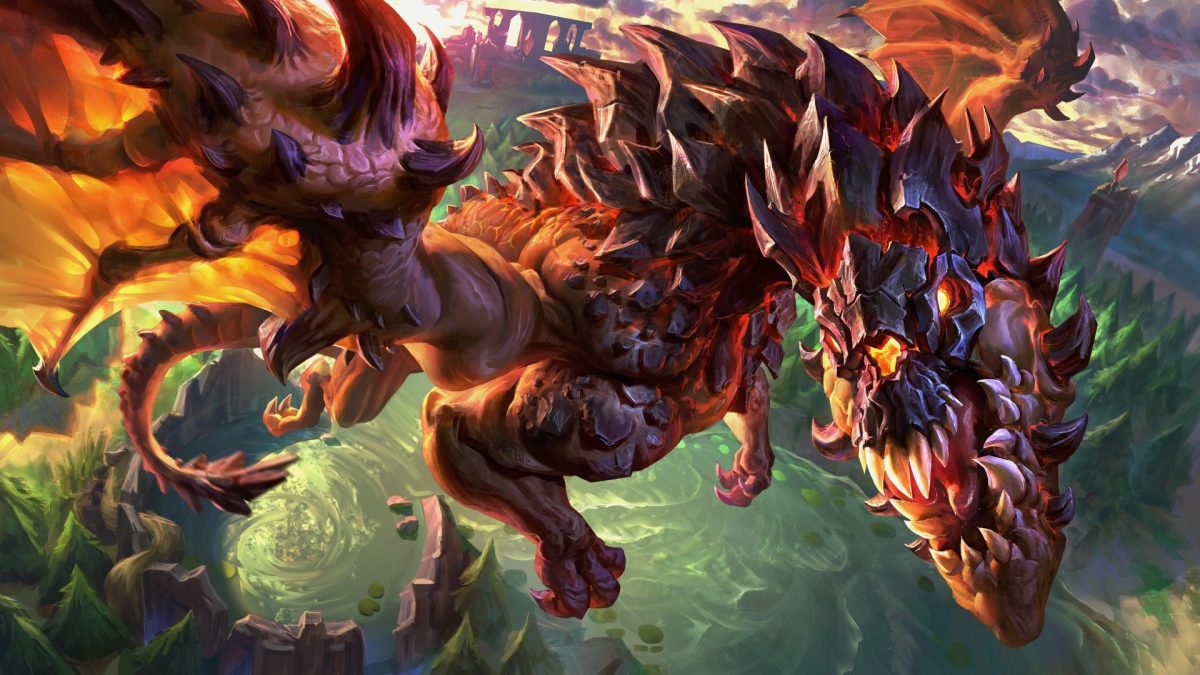
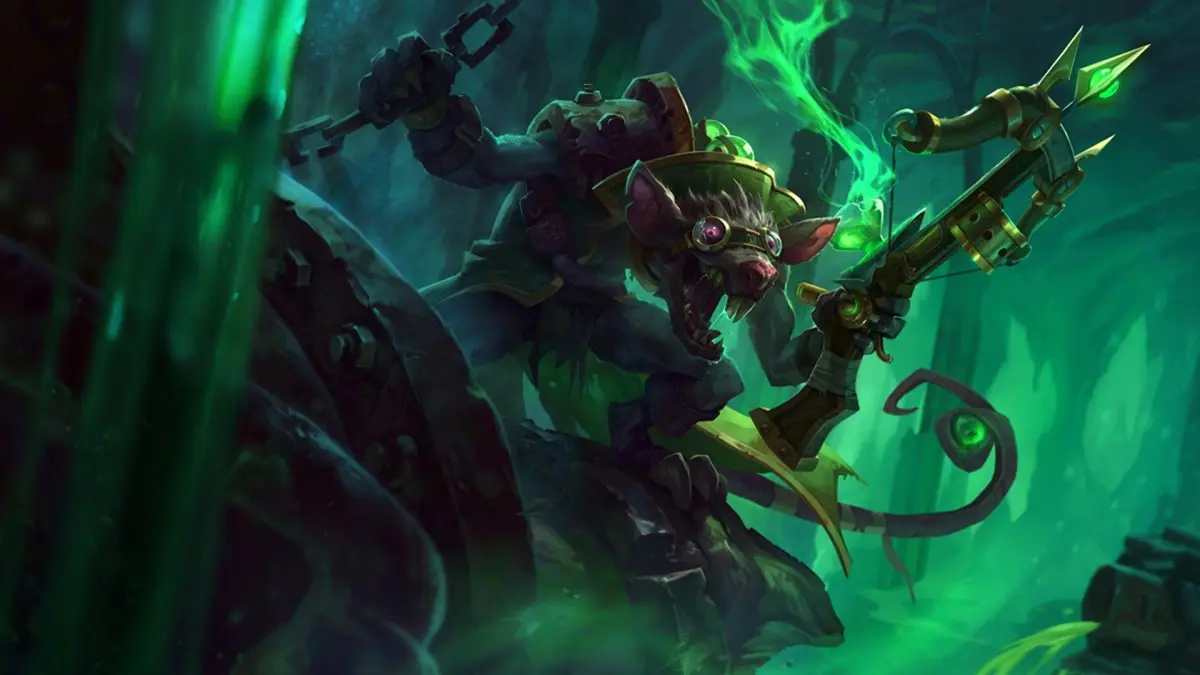
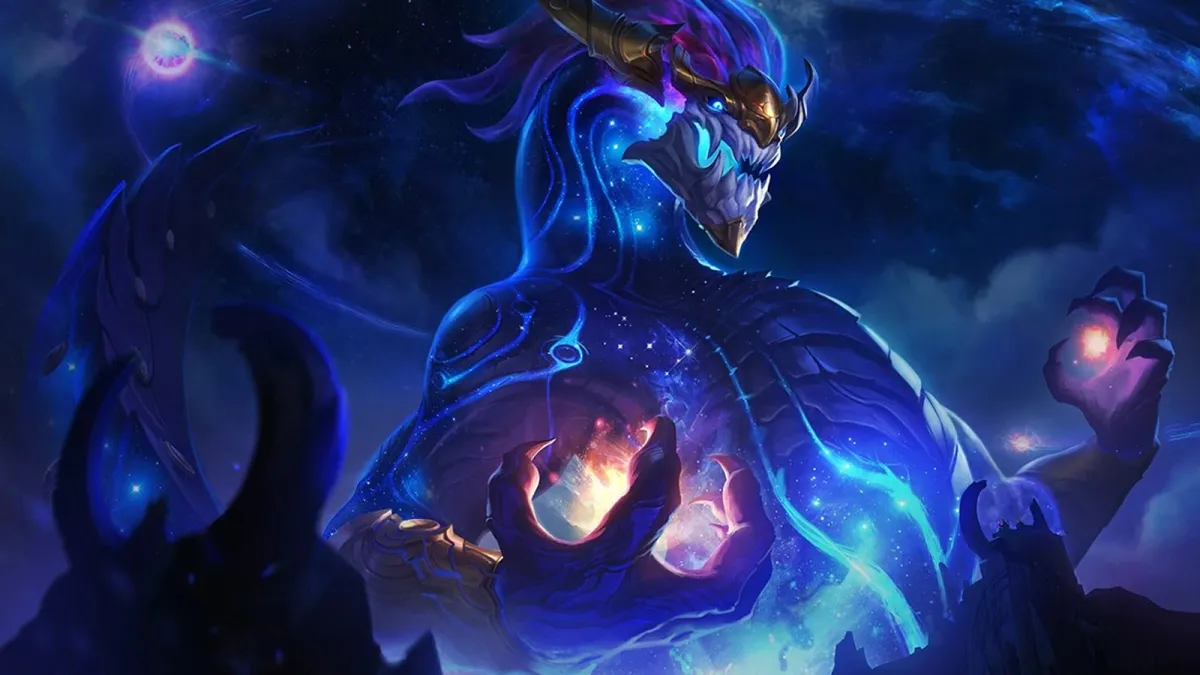
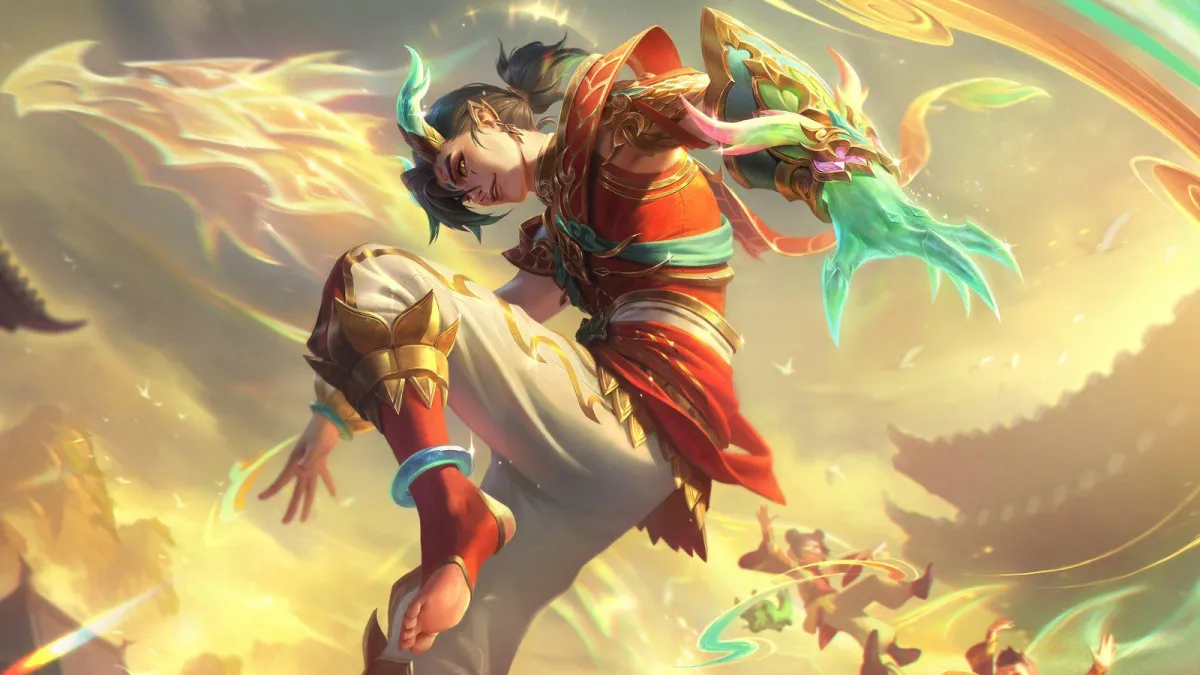

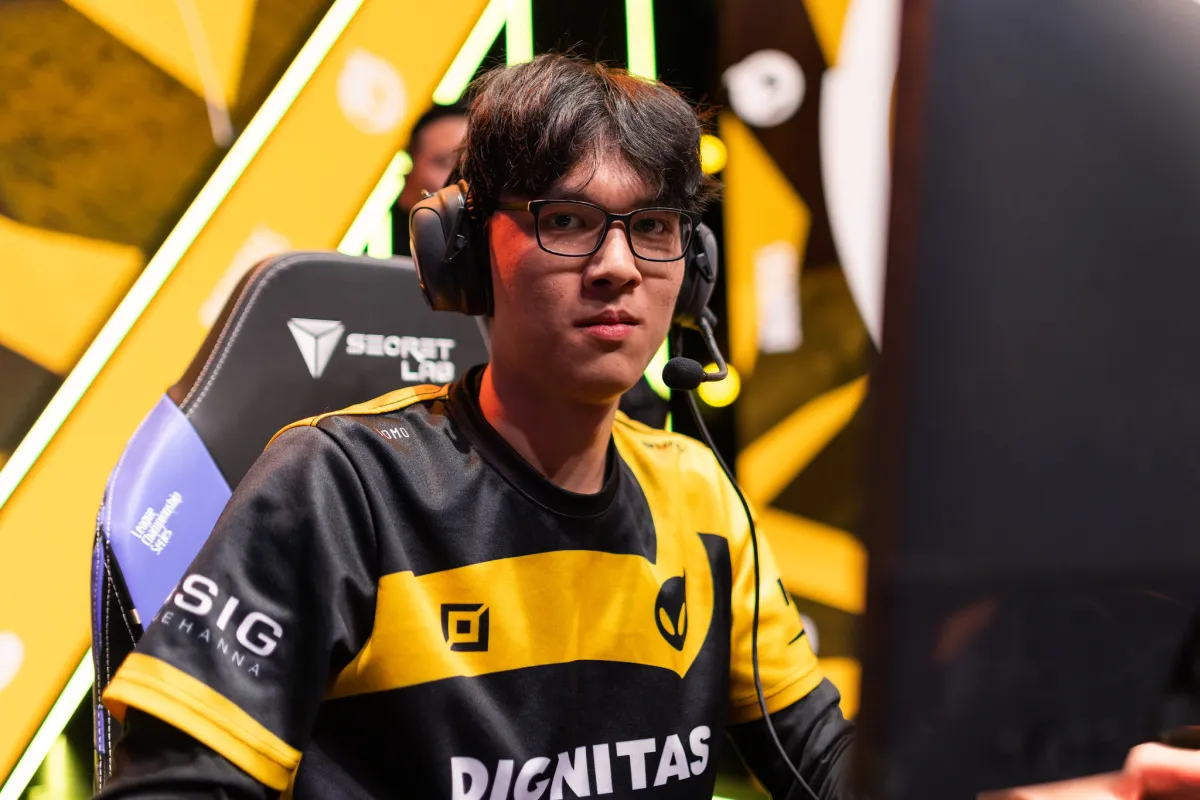


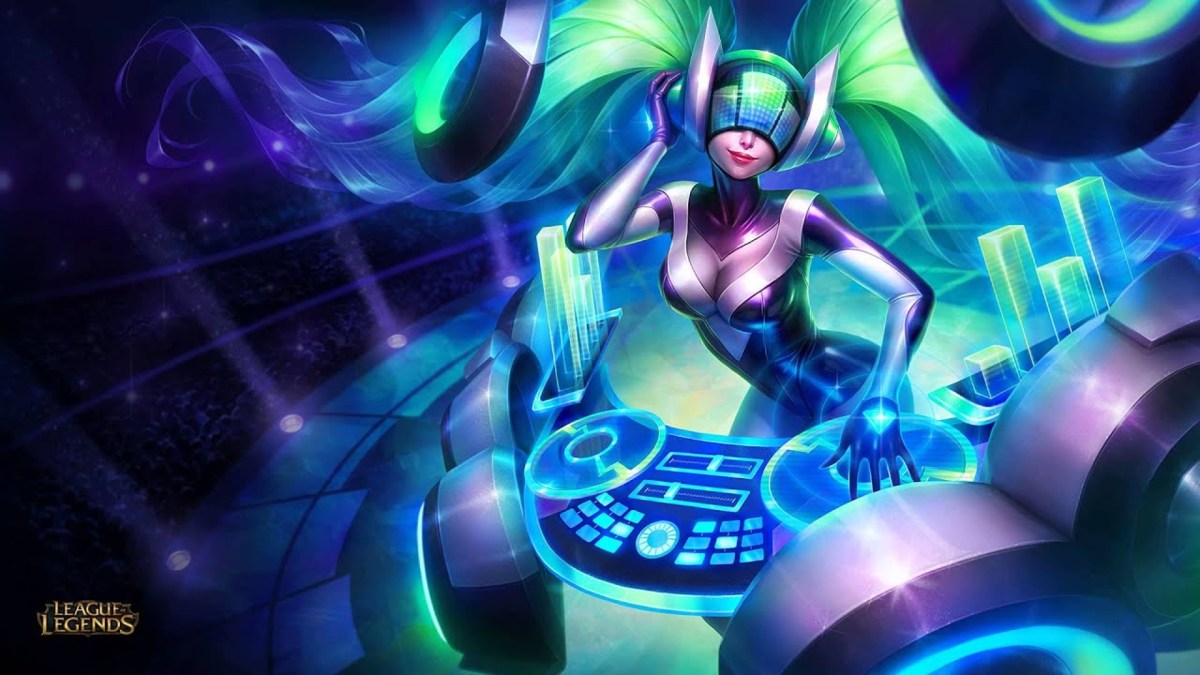


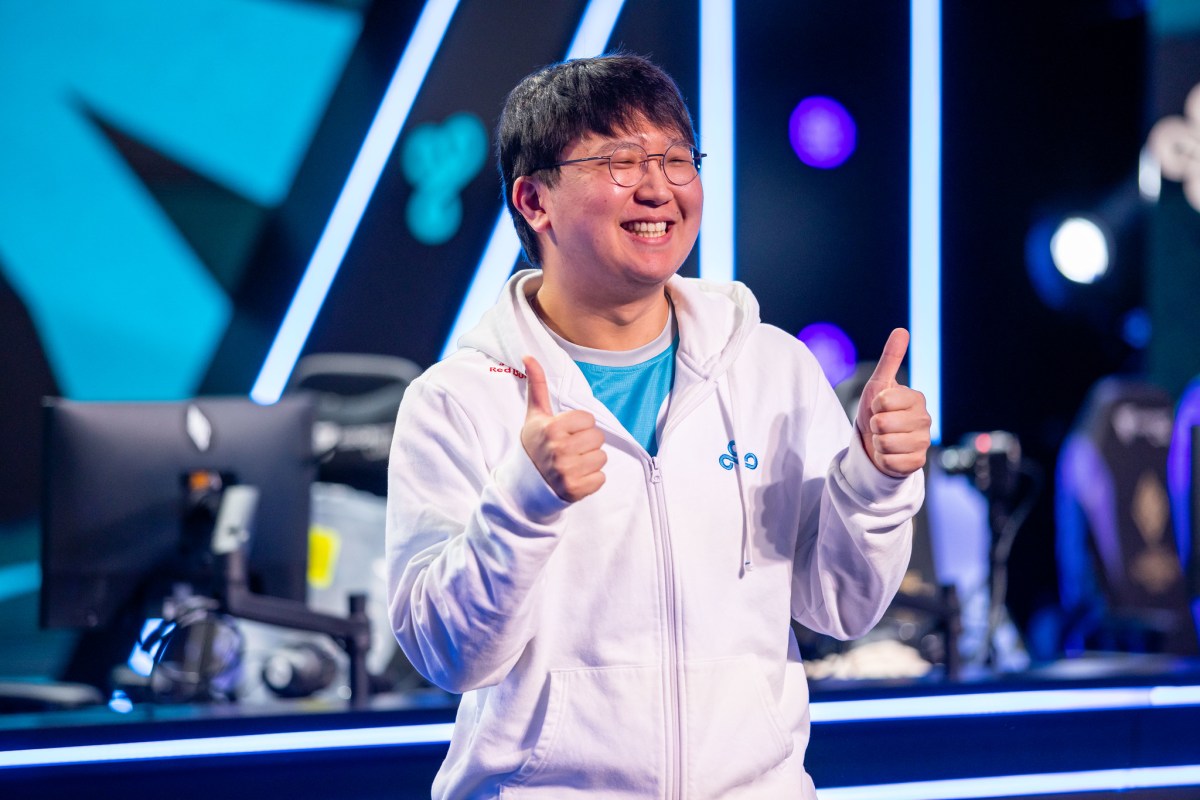


Published: Jan 22, 2022 09:00 am